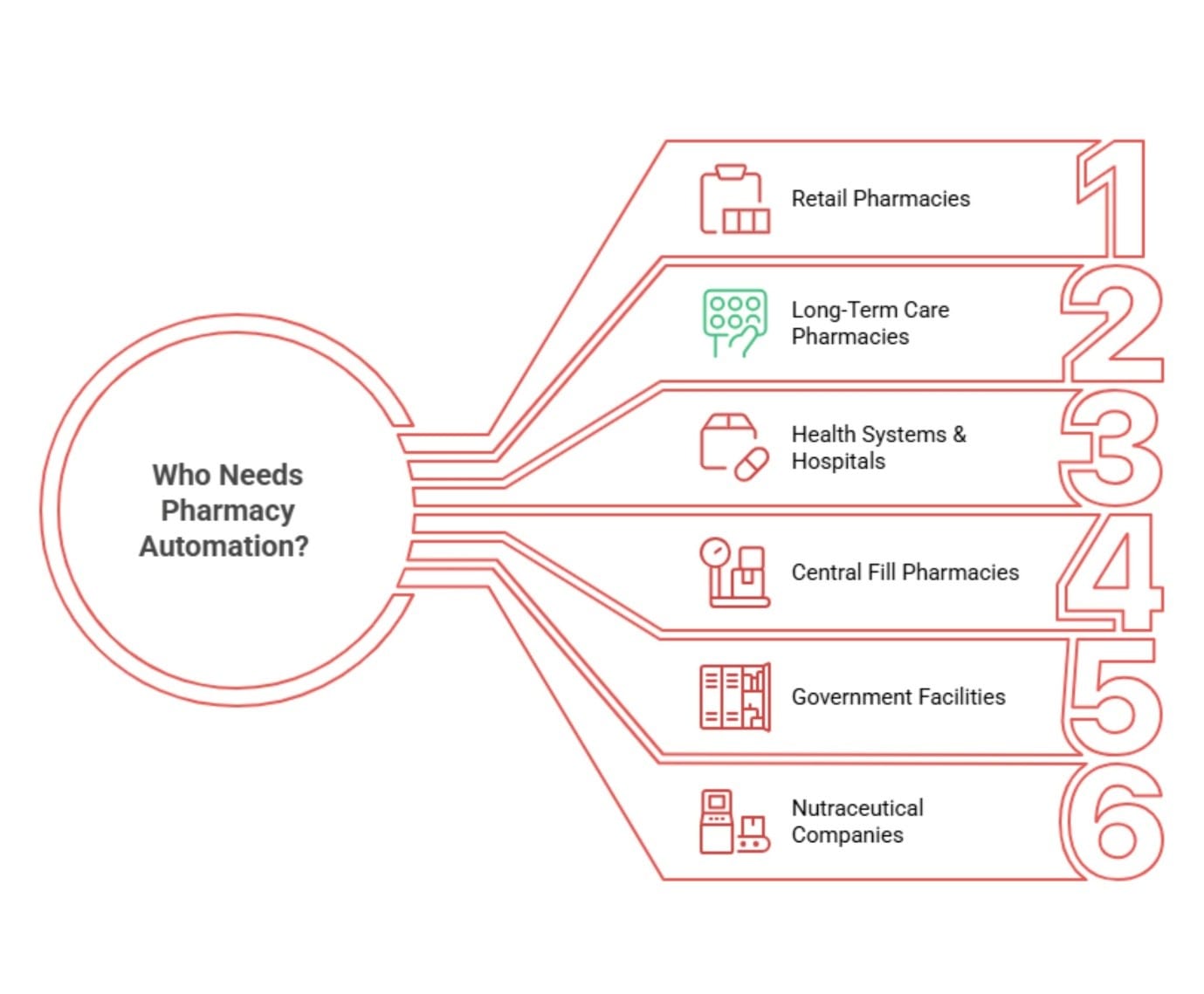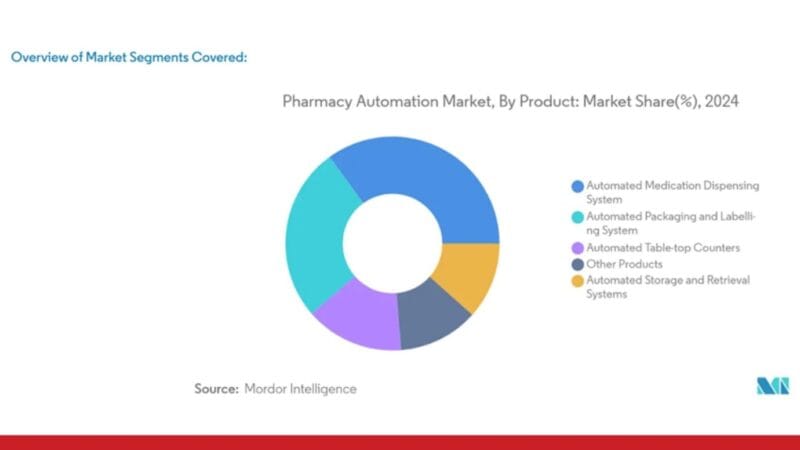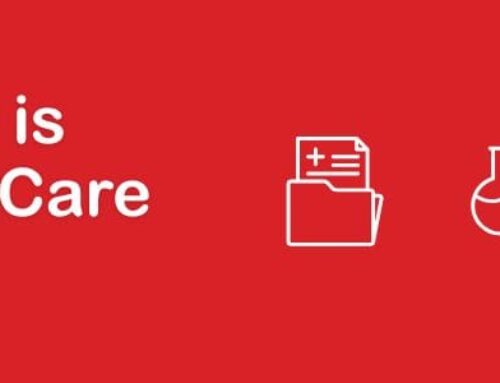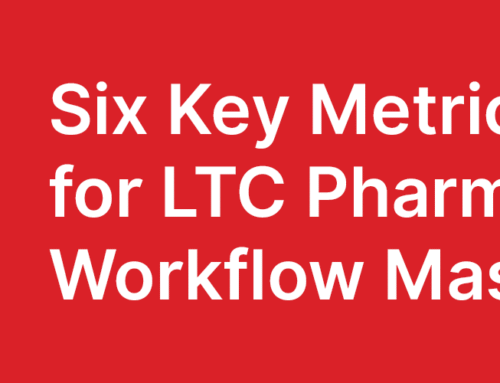Summary
Pharmacy automation transforms how medications are dispensed (Selecting & Labeling), managed, and tracked. When we integrate advanced technologies such as robotics in pharmacies, we will reduce errors, save more time, and focus on patient care. From retail chains to hospitals and Long-Term Care Pharmacies, automation is no longer a luxury, it’s a necessity. This blog explores what pharmacy automation is, its evolution, key benefits, and why diverse healthcare segments are adopting it. We’ll also explain how it works and examine the booming global market.
What is Pharmacy Automation?
Pharmacy automation means using technology to handle repetitive tasks like dispensing, sorting, packaging, and tracking medications. Think of it as a “smart assistant” that:
- Counts pills with 100% accuracy: Dispense medications accurately into blister packs, pouches, or vials.
- Manages inventory in real time: Sync records across platforms for real-time inventory and patient data tracking.
- Ensures compliance and accuracy: Automates critical tasks including prescription labeling, packaging, deblistering, and dispense verification. Secures medications with biometric access and maintains auditable records (e.g., lot numbers, expiration dates).
Extending beyond compliance and accuracy, modern automation systems sync with healthcare software to predict inventory needs and maintain regulatory adherence. Robots handle counting, sorting, and packaging while software manages data, eliminating manual pill counting and freeing staff for patient care.
Example: Noritsu’s NB200 automates blister card filling with built-in verification, ensuring PV2 compliance (mandatory pharmacist checks in the U.S.).
A Brief History of Pharmacy Automation
The journey of pharmacy automation began in the late 1960s with the invention of the first digital pill counting machine. Early systems focused on basic tasks like counting tablets, but limitations in speed and integration restricted widespread adoption.
In 1967–1970: The first digital pill counter is invented, replacing manual counting.
2008: Breakthroughs in integrated dispensing and packaging systems, boosting speed and compliance.
In 2020s hospital pharmacies have undergone a quiet transformation. Cutting-edge tools like AI and data analytics are now at the heart of medication management, helping teams work smarter not harder. These systems don’t just boost safety and streamline workflows they’re reshaping how care gets delivered, paving the way for treatments tailored to each patient’s unique needs
What are the Benefits of Pharmacy Automation?
Enhanced Accuracy & Safety
Problem: Annually, over 7 million American patients experience some form of adverse effect due to medical errors
Solution: Vision systems (e.g., Noritsu NV Series) scan pills for mismatches.
Impact: Accurate dispensing.
Real-Time Inventory Tracking
Problem: Manual tracking leads to stockouts or expired medications. We must be able to track expiration dates, lot numbers, and stock levels across locations.
Solution: Real-time analytics for forecasting demand and Alerts for low stock or recalls.
Impact: Reduces waste and prevents revenue loss. Example: According to the Healthcare Financial Management Association, pharmacies that make full use of data-driven inventory analytics typically trim their stock levels by about 15–20 percent and still keep the shelves adequately supplied.
Labor Cost Reduction
Problem: Staff spends great deal of time on repetitive tasks.
Solution: Because of Pharmacy automation, Robots handle repetitive tasks (e.g., counting, labelling), freeing staff for patient care.
Impact: Reduces labour costs by automating repetitive tasks, allowing staff time to be reallocated to patient care and complex activities. This improves prescription throughput and service efficiency.
Improved Patient Engagement & Care
Problem: Pharmacists lack time for consultations,
Solution: Pharmacy Automation frees staff for vaccines, OTC sales, and wellness education.
Impact: Boosts patient loyalty and clinic revenue.
Regulatory Compliance
Problem: Largely Manual logs fail DSCSA tracking requirements.
Solution: Automated systems record lot numbers, expiration dates, and NDC codes.
Impact: Audit-ready reports in seconds.
Reduction in Hospitalizations and ER Visits
Problem: A study indicates that 16% of readmissions are because of medication related errors, and 40% of these are potentially preventable. Factors contributing include non-adherence (35%).
Solution: addressing non-adherence by using machines such as NX4000, NX2000, NZ100, and NB200 for compliance packaging.
Impact: fewer readmissions/ER visits, cost savings, Higher patient satisfaction and better outcomes.
Who Needs Pharmacy Automation? (Segments & Solutions)
Different pharmacy segments require tailored automation strategies:
- Retail Pharmacies (small local pharmacies)
-
- Needs: Pharmacies that package meds in home-friendly formats must have Compliance packaging (blister/pouch) for home patients (“LTC at Home”).
- Solutions:
- Noritsu Z100: Compact pouch packager for independent pharmacies.
- LittleBots: Compact blister packaging for independent and lower volume pharmacies
- NX4000: High-speed system for chains like CVS. Or we can say for large volume pharmacies.
- Long-Term Care (LTC) Pharmacies
-
- Needs: Special packaging (e.g., pouch packaging, bubble packs) for caregivers to easily give medication to patients.
- Solutions:
- NX4000: High-speed system for chains like CVS.
- Noritsu NB200: Automated blister filling with PV2 verification.
- Health Systems & Hospitals
-
- Needs: Meds for both hospitalized patients and outpatient prescriptions. This means secure storage + 24/7 outpatient services.
- Solutions:
- Automated Dispensing Cabinets: Track controlled substances.
-
-
- NVPRO Verifier + NX & NB Packaging Systems: A Complete Compliance Ecosystem While the NVPRO Verifier ensures every pouch contains the correct medication through advanced vision systems.
-
- Central Fill Pharmacies
-
- Needs: Bulk dispensing for multiple retail locations. Giant automated hubs that prepare prescriptions for multiple retail locations (e.g., a grocery chain’s central pharmacy supplies all its store pharmacies).
- Solutions:
- Nutraceutical Companies
-
- Needs: Compliance packaging for vitamins/supplements.
- Solutions: NX4000/NZ100 automated pouch packagers, the Celia blister packager (semi-automated for lower volumes), and automated bottling and labelling systems.

How Does Pharmacy Automation Work?
Automation systems combine hardware, software, and connectivity to streamline workflows:
Data Integration: Software pulls data
- EHR/Pharmacy Software Sync: Pulls prescriptions from systems like Cerner.
- Example: Noritsu’s NexusRx Suite plans workflows before production runs.
Dispensing & Packaging : Robots retrieve, count, and package medications.
- Step 1: Pharmacy Automation Systems store medications in cassettes.
- Step 2: Pouches/blister cards are automatically filled from cassettes and sealed.
Verification
- Step 3: NV Series cameras scan pouches; smart measurement systems flag mismatches.
- Step 4: Pharmacists review flagged items via MDC Medication Detection Checkout software.
Inventory Updates
- Step 5: Our Advanced software system update stock levels locally.
.
Global Pharmacy Automation Market Overview


Market Overview
The Global Pharmacy Automation Market is projected to grow from USD 7.19 billion in 2025 to USD 10.91 billion by 2030, at a CAGR of 8.71%. Growth is driven by the need to reduce medication errors, decentralized pharmacy models, telehealth expansion, and advancements in AI and robotics. Challenges include high initial costs and reluctance to adopt new technologies.
Market Dynamics
- Drivers:
Specialty Drug Demand: Requires precise handling, boosting automation adoption.
Medication Error Reduction: Automated systems enhance accuracy (e.g., a 2023 study in Taiwan’s ICUs showed reduced errors using dispensing cabinets).
Telehealth Integration: Remote medication management increases reliance on automation.
Technological Innovations: AI and robotics improve inventory management and patient interactions.
- Restraints:
High Initial Investment: Deters small healthcare facilities.
Resistance to Change: Some pharmacists prefer traditional methods.
- Segment Analysis
- By Product:
Automated Medication Dispensing Systems: Largest share (34.96% in 2024), valued at USD 3.45 billion by 2029. Critical for compliance and error reduction (e.g., robotic systems in Japan cut dispensing errors significantly).
Automated Storage & Retrieval Systems: Fastest-growing segment (CAGR 9.65%), driven by efficient inventory management in large-scale operations.
- By End User:
Retail Pharmacies: Dominant (65.09% share in 2024), aiming to reduce wait times and enhance workflow efficiency.
- Regional Insights
North America: Leads with 56.66% market share (2024), projected to reach USD 5.48 billion by 2029. High medication error rates (e.g., 100,000+ annual FDA reports in the U.S.) drive adoption.
Asia-Pacific: Fastest-growing region due to healthcare infrastructure upgrades and rising demand for affordable solutions (e.g., South Korea’s adoption of Fixu G2 systems).
Source : https://www.mordorintelligence.com/industry-reports/pharmacy-automation-market
Conclusion: Why Automation is Non-Negotiable
Pharmacy automation isn’t just about speed, it’s essential for long-term success. With 9% annual market growth and rising patient expectations, pharmacies that adopt automation will:
- Reduce errors
- Boost profits via freed-up staff time.
- Stay compliant in a regulated industry.
Whether you’re a small community pharmacy, long term care pharmacy, or a government or private hospital, the future is automated. Ready to transform? Explore solutions tailored to your needs.
For a personalized consultation, schedule a demo with our experts today.
Take the first step today. Explore Noritsu’s solutions at noritsu-rx.com or schedule a consultation at 800-521-3686.





